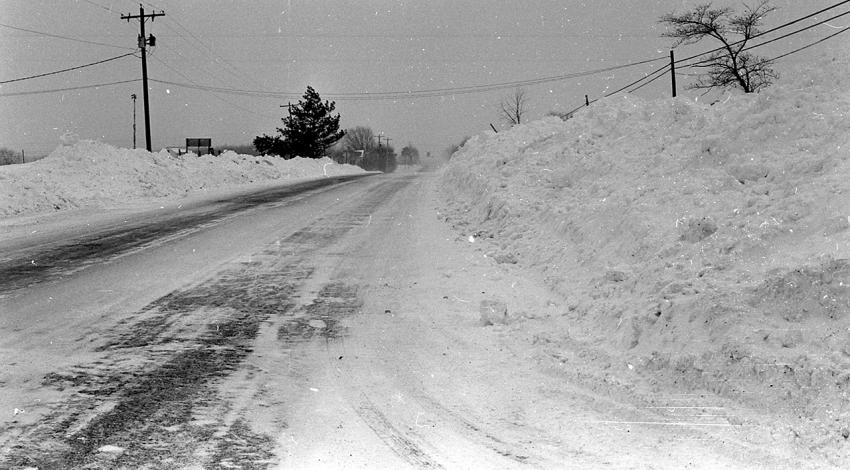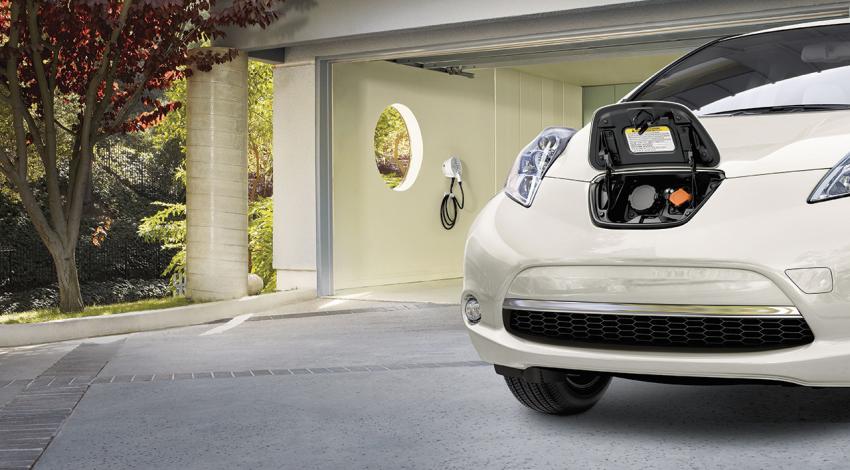For most Ohioans, the first sign that something unusual was happening on that night 40 years ago was the shriek of a fierce, unrelenting wind.
In the late evening of Jan. 25, 1978, a low-pressure system from Canada met another low-pressure system from Texas. Such storms approach from opposite directions several times each winter, according to the National Weather Service. Usually they miss each other. This time they collided, causing what has come to be widely known as “the storm of the century.”


















